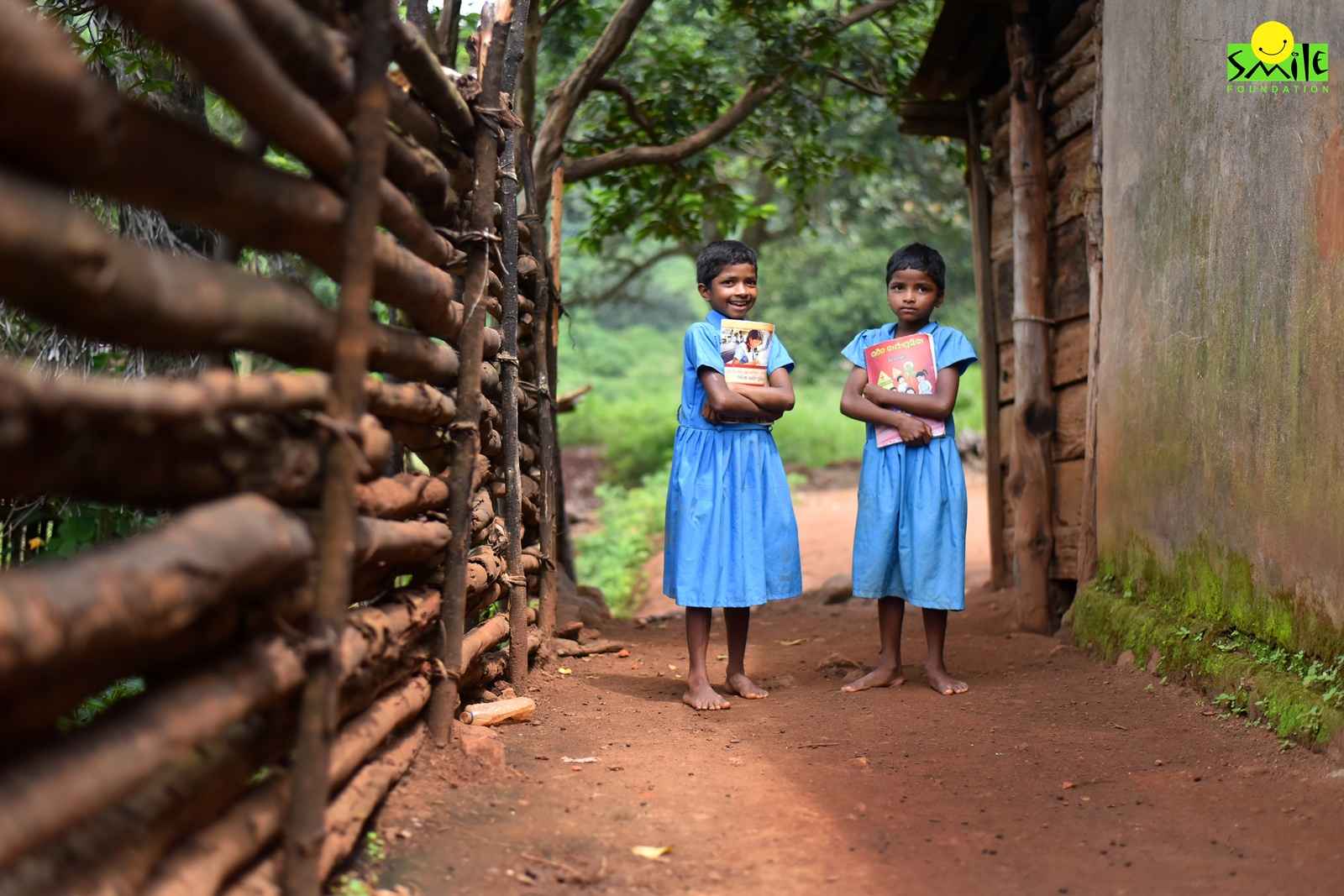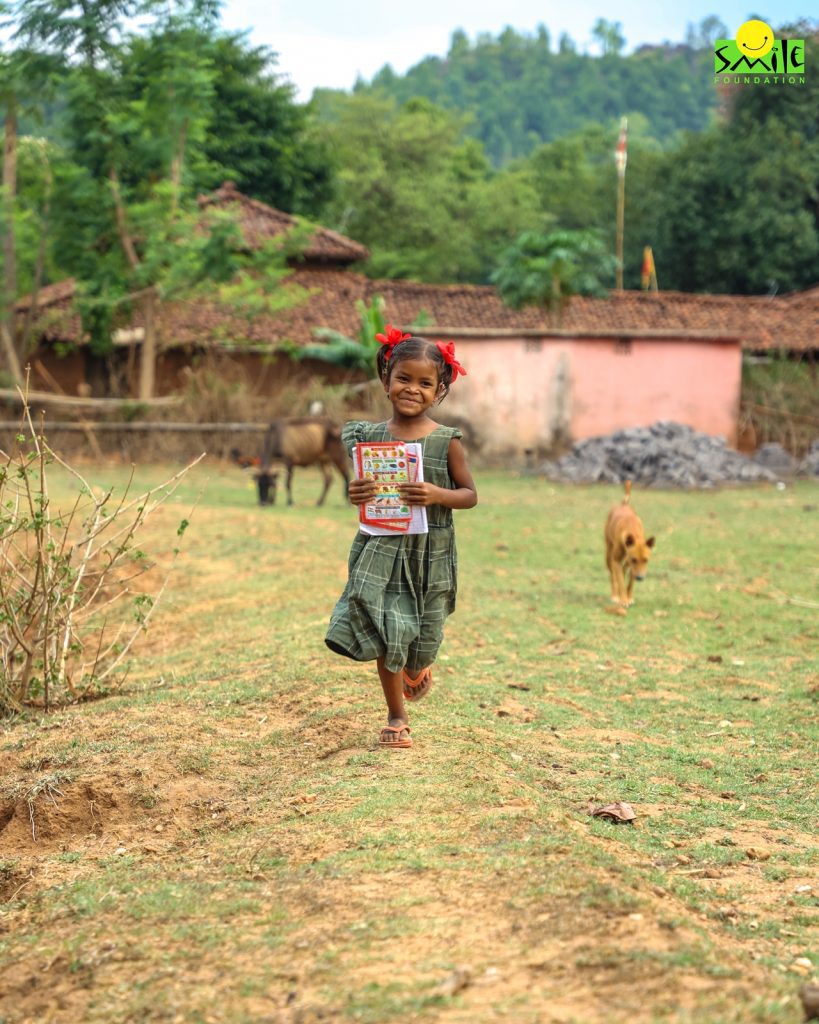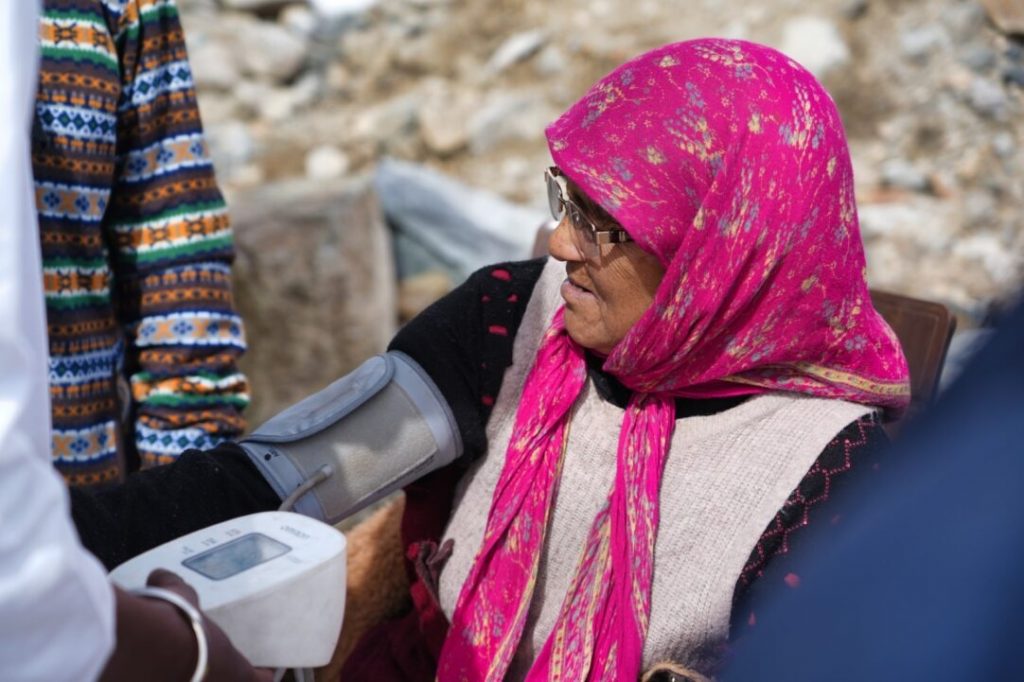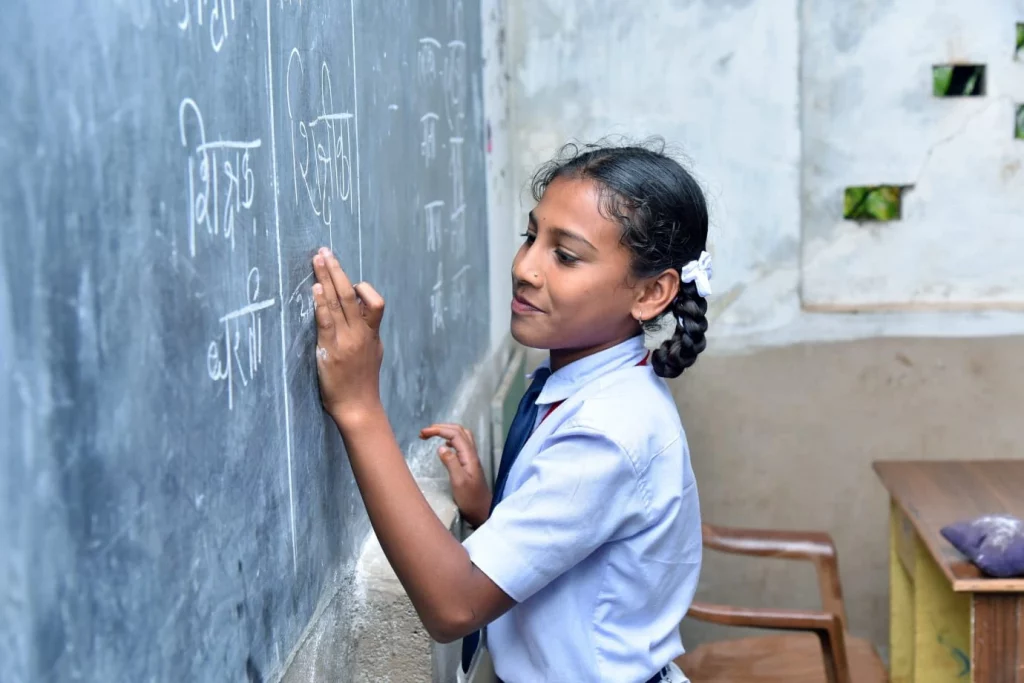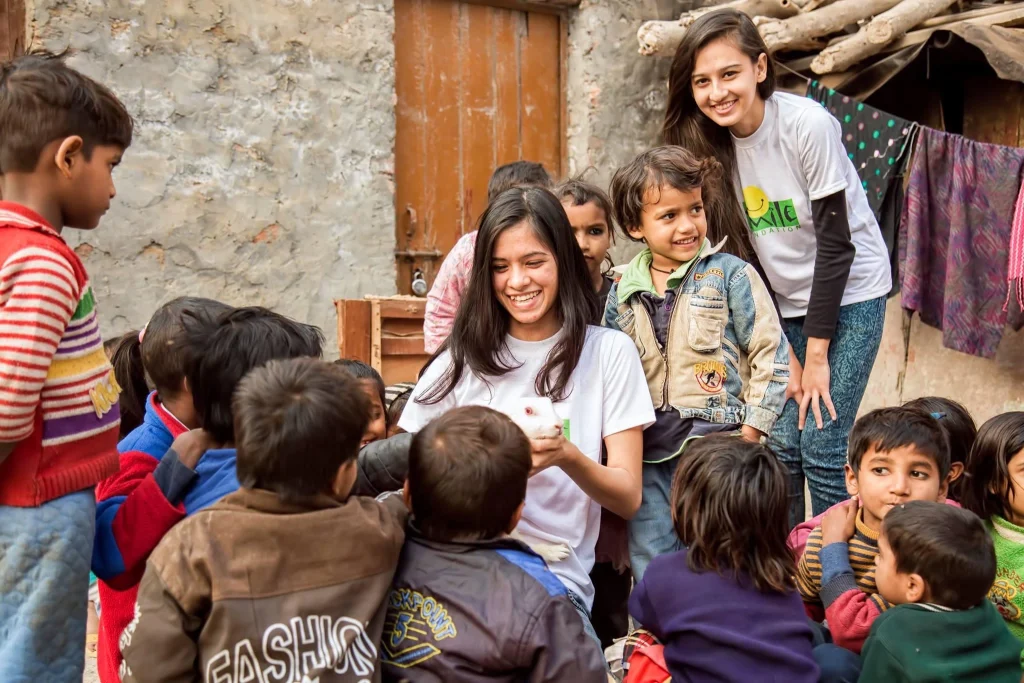In a country known for its multi-culture and economic strides, India has a long standing scuffle with an insidious problem: child labour. The sight of young children toiling away in agricultural fields, factories, street work and as home helps make us question how long will it take for the dream of a developed India to become true? Especially when the socioeconomic disparities have persisted over decades. Despite laws and initiatives aimed at curbing this practice, child labour remains a reality for millions.
Understanding Child Labour in India
Child labour refers to the employment of children in any work that deprives them of their childhood. It interferes with their ability to attend regular school, and is mentally, physically, socially or morally harmful. Child labour in India spans various sectors each with its own challenges and hazards. Children in these sectors face long hours, exposure to harmful substances, exploitation and abuse, often with little to no legal protection or compensation.
According to a report by the International Labour Organization (ILO), India is home to the largest number of child labourers in the world. It is estimated that10.1 million children aged between 5 to 14 years are engaged in various forms of labour.
The Root Causes of Child Labour in India
The prevalence of child labour in India is rooted in a complex interplay of factors:
- Poverty: Poverty is the most significant driver of child labour. Families struggling to make ends meet often view their children’s earnings as essential for survival.
- Lack of Education: Limited access to quality education, coupled with high dropout rates, forces many children into the workforce. UNESCO reports that nearly 6 million children in India are out of school.
- Socio-cultural Factors: In some communities, cultural norms and traditions perpetuate child labour. Children, especially girls, are often expected to contribute to household income or take care of domestic chores.
- Weak Enforcement of Laws: While India has stringent laws against child labour, enforcement remains a challenge. Corruption and lack of resources hinder the effective implementation of these laws.
COVID-19 Impact
The COVID-19 pandemic exacerbated the problem of child labour. School closures and economic hardships forced many children into the workforce. A report by Save the Children revealed that the pandemic could push an additional 8 million children into child labour globally, with India being significantly affected.
Stories of Hope
The Indian government has launched several initiatives to combat child labour. Initiated in 1988, the National Child Labour Project (NCLP) aims to rehabilitate child labourers between age of 9-12 through education and vocational training. The Child Labour (Prohibition and Regulation) Amendment Act, 2016, further strengthens the legal framework by prohibiting the employment of children below 14 years and regulating the work conditions for adolescents.
Bachpan Bachao Andolan (Save Childhood Movement) by Nobel laureate Kailash Satyarthi, rescued thousands of children from bonded labor and exploitation. Their efforts not only provided these children with a chance at education but also brought global attention to the issue.
Operation Smile
In a notable effort, Operation Smile, a nationwide campaign, rescued over 76,000 children from child labour and other forms of exploitation in 2020. The initiative, spearheaded by the police and child welfare departments, focuses on identifying and rehabilitating child labourers.
Give them a simple and beautiful life
Efforts to combat child labour require multifaceted approaches. There is a need for stricter enforcement of laws and the introduction of more robust measures to protect our children. Access to quality education must be ensured by addressing root causes of dropout rates.
Raising awareness about the detrimental effects of child labour and the importance of education is essential. Community-based initiatives and media campaigns can play a significant role in changing mindsets. Providing economic support to families through social welfare programs can reduce the dependence on child labour. Initiatives like skill development programs for adults, and livelihood support can make a difference..
The prevalence of child labour in India is a complex issue that demands urgent attention. While progress has been made, there is still a long way to go. It is a collective responsibility – of the government, civil society, businesses, and individuals – to ensure that every child has the opportunity to enjoy their childhood, receive an education and look forward to a brighter future.
In the words of Kailash Satyarthi,
“Childhood means simplicity. Look at the world with the child’s eye – it is very beautiful.”
It is our duty to protect this beauty and give every child the chance to learn and grow in a world free from the shackles of labour.
Doing our Part towards Child Labour in India: Smile Foundation
Smile Foundation’s education campaign Shiksha Na Ruke is transforming the lives of children from slums and remote areas across India. We provide them access to quality education and a chance at lifelong love for learning. Recognising the barriers these children face, including lack of resources and socio-cultural challenges, we work to bring them into the educational fold.
By establishing schools and learning centres, we help children who might otherwise be forced into child labour or denied their right to education. We work so that instead of surviving, these children thrive in a supportive and nurturing environment. The approach not only focuses on academic growth but also addresses the socio-emotional needs of these young learners. One child at a time and in the quest to build a more educated and equitable society – in the area of education that’s our belief.

